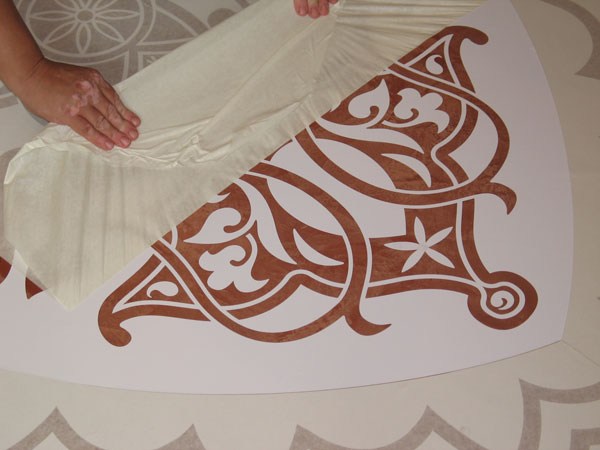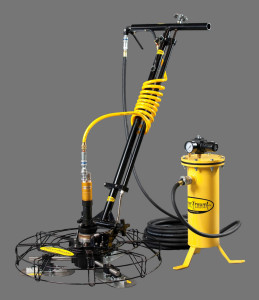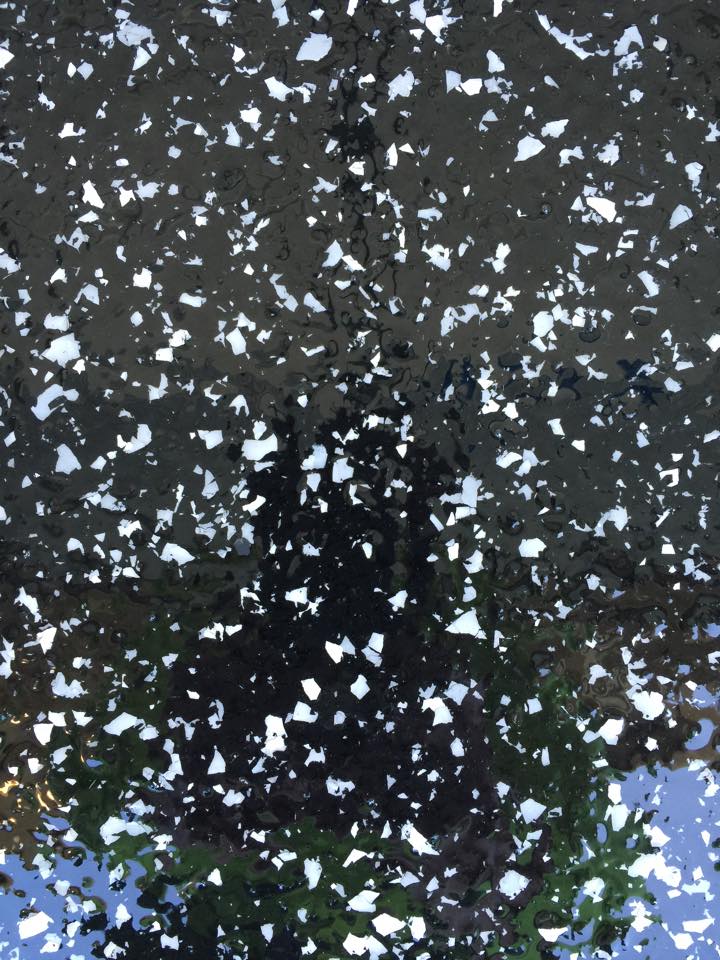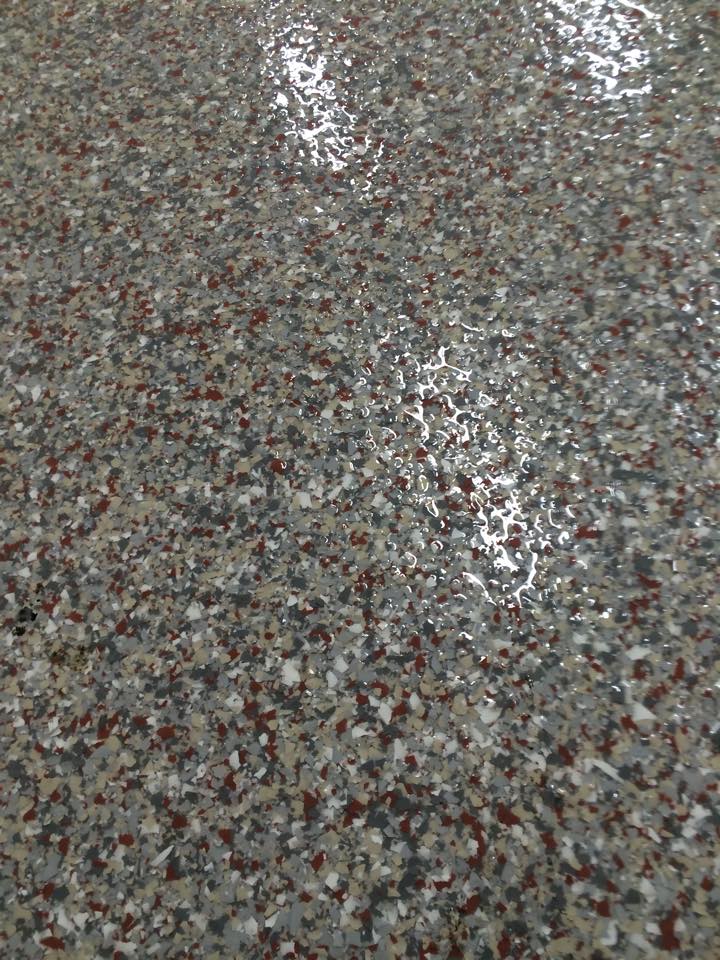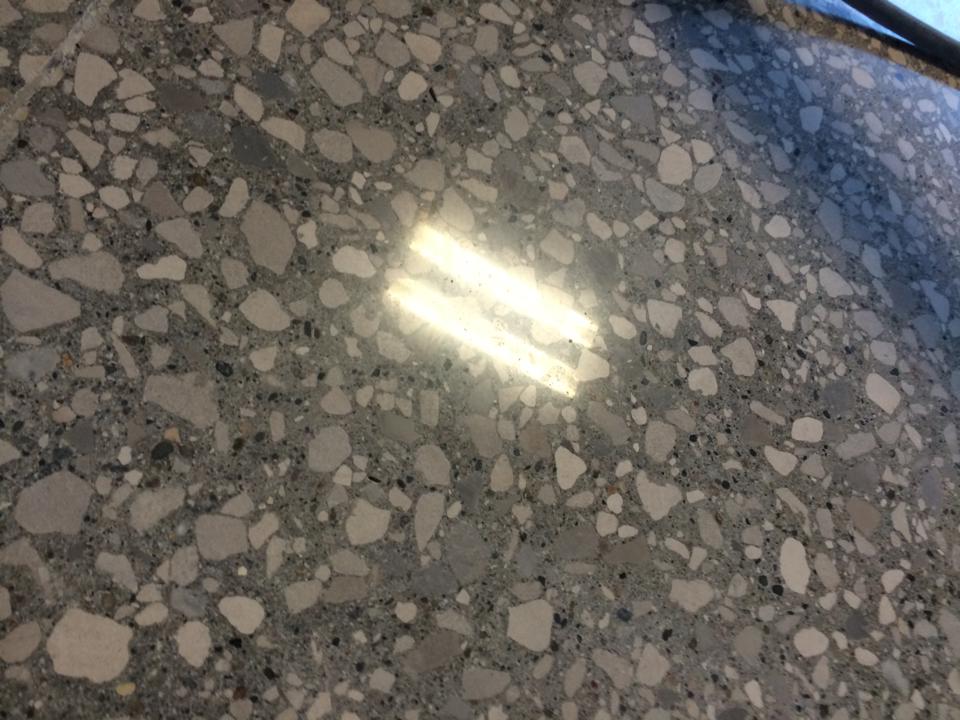It’s pretty impressive how many options there are when it comes to decorative concrete. We have talked about various techniques in previous blogs such as concrete floors made to mimic hardwood, natural stone, or marble. Well, guess what? There’s more! That’s right, the options for ways to decorate concrete seem pretty endless.
